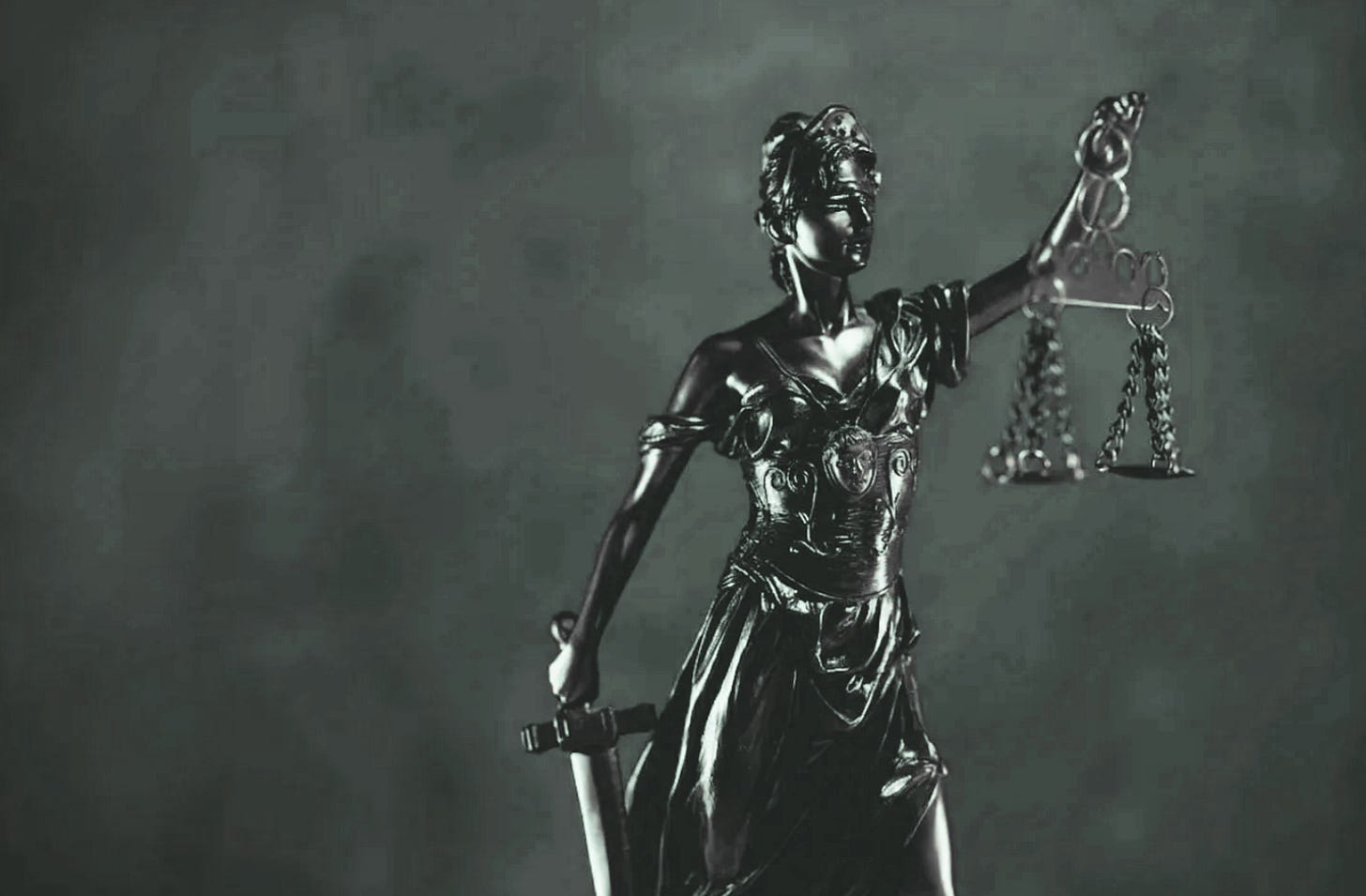A temple full of smoke and blood. Veiled faces. A trial with the gods themselves as the accused.
Darkness.
What comes to mind when you hear the name C.S. Lewis?
Maybe, like me, The Chronicles of Narnia come first. Everlasting winters suddenly broken by spring. Not-safe-but-good lions appearing when you least expect it. Kings and queens, castles and orchards.
Or maybe it’s his nonfiction, such as The Screwtape Letters, with Screwtape’s sardonic advice that transcends generations, or Mere Christianity, with Lewis’ striking ability cut to the heart of Christian faith.
Til We Have Faces probably isn’t at the top of your list. It’s not at mine, either.
Lewis reportedly considered it his best work, as did Tolkien. Be that as it may, the retelling of the myth of Cupid and Psyche, told from the perspective of Psyche’s embittered older sister, is far less known than some of Lewis’ other books.
Yet there’s something haunting about Til We Have Faces.
Its backdrop is a barbaric pre-Christian world where pagan gods run rampant. Temples are dark, smoky places where horror reigns unquestioned. Kings lash out at whoever has the misfortune of being near enough. Queens learn to hide the gentleness that could make them easy targets for rival kingdoms.
It took me ages to pick up Til We Have Faces. It took me even longer to come up with coherent thoughts on it.
But in the end, I think, it’s a puzzle. It’s a puzzle where every piece drips with darkness—but in the end, when everything has been put into place, they shine together with a piercing beauty.
Keep reading with a 7-day free trial
Subscribe to A Seat by the Fire to keep reading this post and get 7 days of free access to the full post archives.




